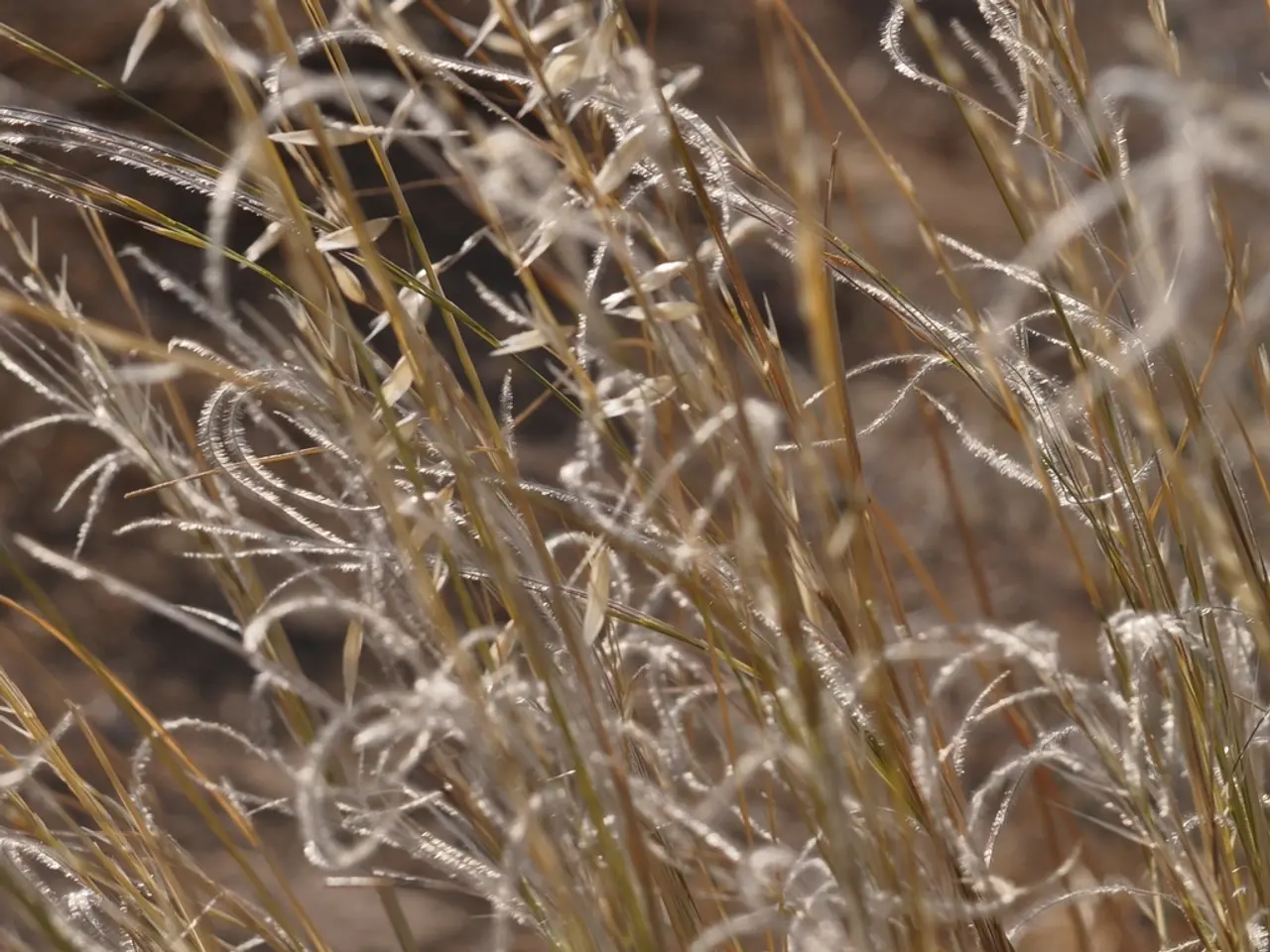Experts in gardening reveal their tips on keeping your lawn hydrated during a heatwave, offering some unexpected solutions.
Watering Your Lawn During a Heatwave: Expert Tips for a Healthy, Drought-Resilient Lawn
As temperatures soar and the sun beats down, keeping your lawn healthy during a heatwave can be a challenge. However, with the right watering practices, you can help your grass thrive even in the most extreme conditions.
Why Deep and Infrequent Watering Matters
Frequent shallow watering encourages shallow roots, making the grass more vulnerable to heat and drought. Instead, it's essential to water deeply to promote deeper root growth. Ryan Walts, training manager and business coach at Lawn Squad, suggests increasing watering to three to four times a week during a heatwave, with each watering session lasting between 45-60 minutes.
The Importance of Timing
The optimal time to water is early morning, between 5 a.m. and 9 a.m., or late evening. This reduces evaporation loss from heat and sun exposure. Avoid mid-day watering and humid evenings to prevent disease and water waste.
Best Practices for Watering Your Lawn
- Frequency: Water the lawn once or twice a week during a heatwave. Deep and infrequent watering encourages roots to grow deeper, increasing drought resilience.
- Depth: Water deeply enough so moisture penetrates to the root zone, typically requiring around 60–90 minutes of watering depending on soil type and irrigation system.
- Timing: The ideal time to water is early in the morning, usually between 5 a.m. and 9 a.m.
- Technique: Water the soil, not the leaves; water slowly to reduce runoff.
- Additional: Use mulch; avoid watering midday or humid evenings.
Investing in Smart Watering Solutions
Look for sprinkler systems and smart controllers that leverage AI to pair local weather patterns with the unique attributes of your lawn to automatically set watering schedules. This can make watering a large lawn easier and more efficient.
Monitoring Your Lawn's Health
During heatwaves, monitor for lawn stress signs like curling blades or visible footprints to adjust watering as needed. If you notice your lawn turning brown, don't panic – it's protecting itself by becoming dormant, which is a normal occurrence. However, a very long drought and high heat period are needed to cause significant damage.
Additional Tips
- Plants absorb water most effectively in the morning, when their stomata (tiny pores on their leaves) are open.
- Ionel Guuran, landscaping and lawn care expert at Fantastic Gardeners, advises watering the lawn two to three times a week during a heatwave.
- Matt Cline, CEO at HillSide Lawn Services, explains that during a heatwave, the roots of the lawn contract and get closer to the surface.
- On average, lawns require 1-2 inches of rainfall or irrigation weekly to maintain their healthy green appearance.
- The goal is to apply enough water to penetrate the top 6 to 8 inches (15 to 20 cm) of soil, where the majority of grass roots are located.
- Grass can become damaged during a heatwave, but a very long drought and high heat period are needed to cause significant damage.
- Watering a lawn at night can lead to fungal problems, such as brown patch or dollar spot, especially when the weather is warm and humid.
By following these best practices, you can maintain a healthy, drought-resilient lawn throughout extreme heat without wasting water.
By following the deep and infrequent watering method, you're promoting a lifestyle that fosters healthier, deeper root growth in your lawn, aiding its resilience against drought conditions. Additionally, ensuring smart home-and-garden solutions like AI-enabled sprinkler systems can help manage water usage more effectively in your home-and-garden sector, including the gardening aspect of your lawn.




